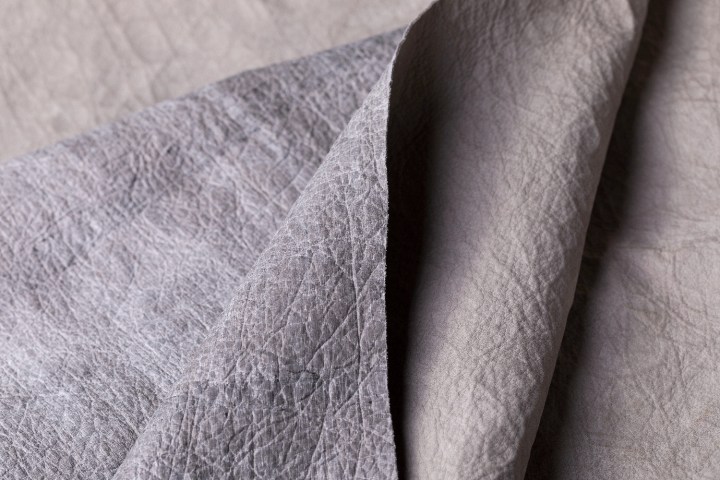
Created as a collaboration between Netherlands-based company Ecco Leather and DSM Dyneema, the paper-thin Dyneema Bonded Leather is infused with a tear-resistant fiber that is 15 times stronger than steel, yet light enough to float on water. The resulting material has the feeling of a fabric, but the grain and texture of leather.
“The development sequence involves pre-tanning, bonding, and a careful series of interim and final-tanning stages,” designer Sruli Recht, whose innovative transparent leather material we have covered before, told Digital Trends. “The first challenge was to develop a way of effectively bonding Dyneema composite fabric along the full surface of thinly skived high-grade bovine hide. The bonding process needed to maintain enough adhesion-integrity to withstand a battalion of secondary and final tanning processes. Achieving this bond, Ecco Leather was then able to refine the material by deploying milling, tumbling, toggling and finishing stages designed to bring out the leather’s natural qualities.”
Early on, Recht said the team tested the new bonded leather material by making an enormous duffel bag from it, which would usually weigh around 5 to 6 kilograms. Instead, it weighed 200 grams — a weight Recht describes as “inconceivable” under normal circumstances. “[This material could be used for] anything from motorcycle gear to furnishings,” he continued. “Think of anything that requires the haptics and durability of leather, but the lightness that you can’t get. It’s a payload to lift-off ratio basically. The lighter you get with leather, the strength just drops fast. This solves that problem.”

